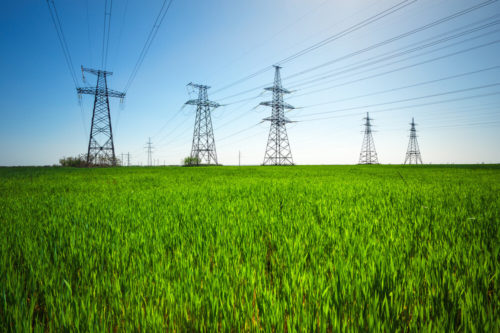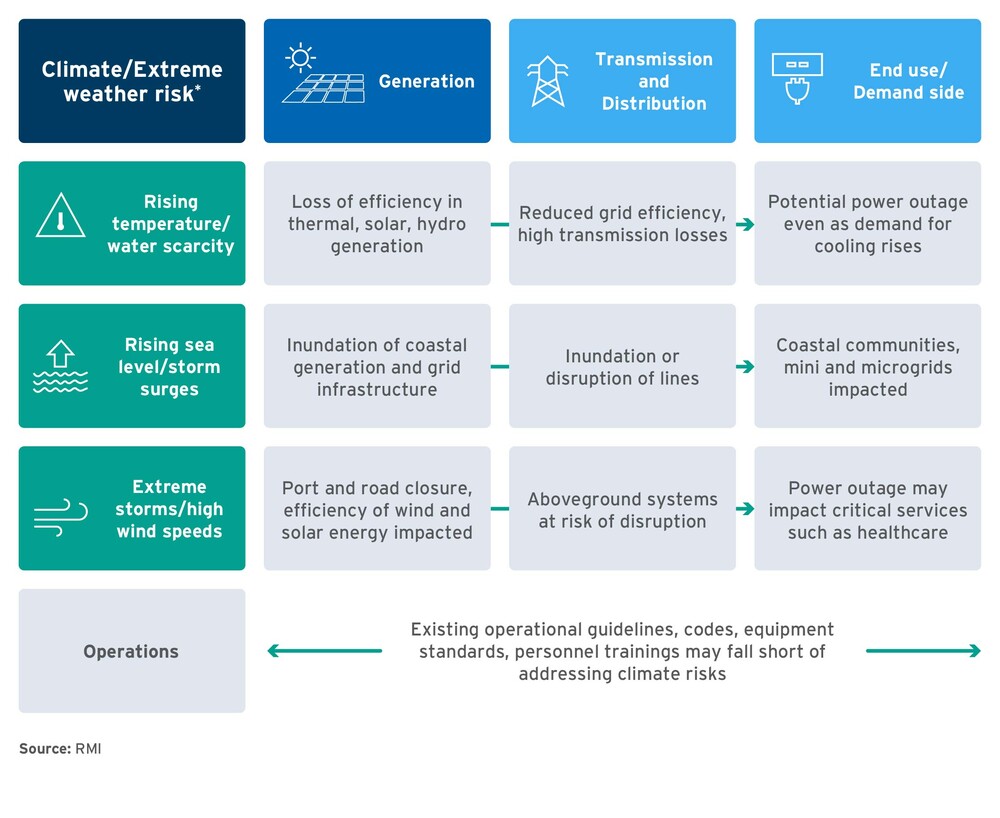
Report | 2021
Powering Through: A Climate Resilient Future
Recommendations for the Indian Power Sector
Reliable and secure power systems are critical to modernizing societies by way of providing quality healthcare, education, livelihoods (including agriculture), businesses, transport, and more.
Given India’s inarguably ambitious climate and clean energy goals, as well as the significant role that electricity plays in enabling sustainable development, power sector resilience is critically important to the nation’s future. Resilience is key not only to energy security, but also to the success of India’s energy transition and the nation’s economic growth ambitions.
While resilience can apply to a multitude of risks, this report focuses on what resilience to climate risks means for India’s power sector, and how climate resilience can be incorporated in grid planning and preparedness.
Integrating climate resilience that goes beyond disaster risk response can be done through incorporating iterative and adaptive planning, as well as technical solutions like flexibility, islanding capability, and energy storage. The power system will also need weatherizing and grid hardening, especially at the distribution end, where poor design and construction standards continue to be the norm.
This policy and technology push will need complementary action by financial institutions that can facilitate experimentation and scaling of solutions through innovative financing mechanisms. Ultimately, many stakeholders will be required to mainstream the need for climate resilience and secure the future of the power sector. There is no better time to do this than now, while India’s power system is growing and transitioning.
